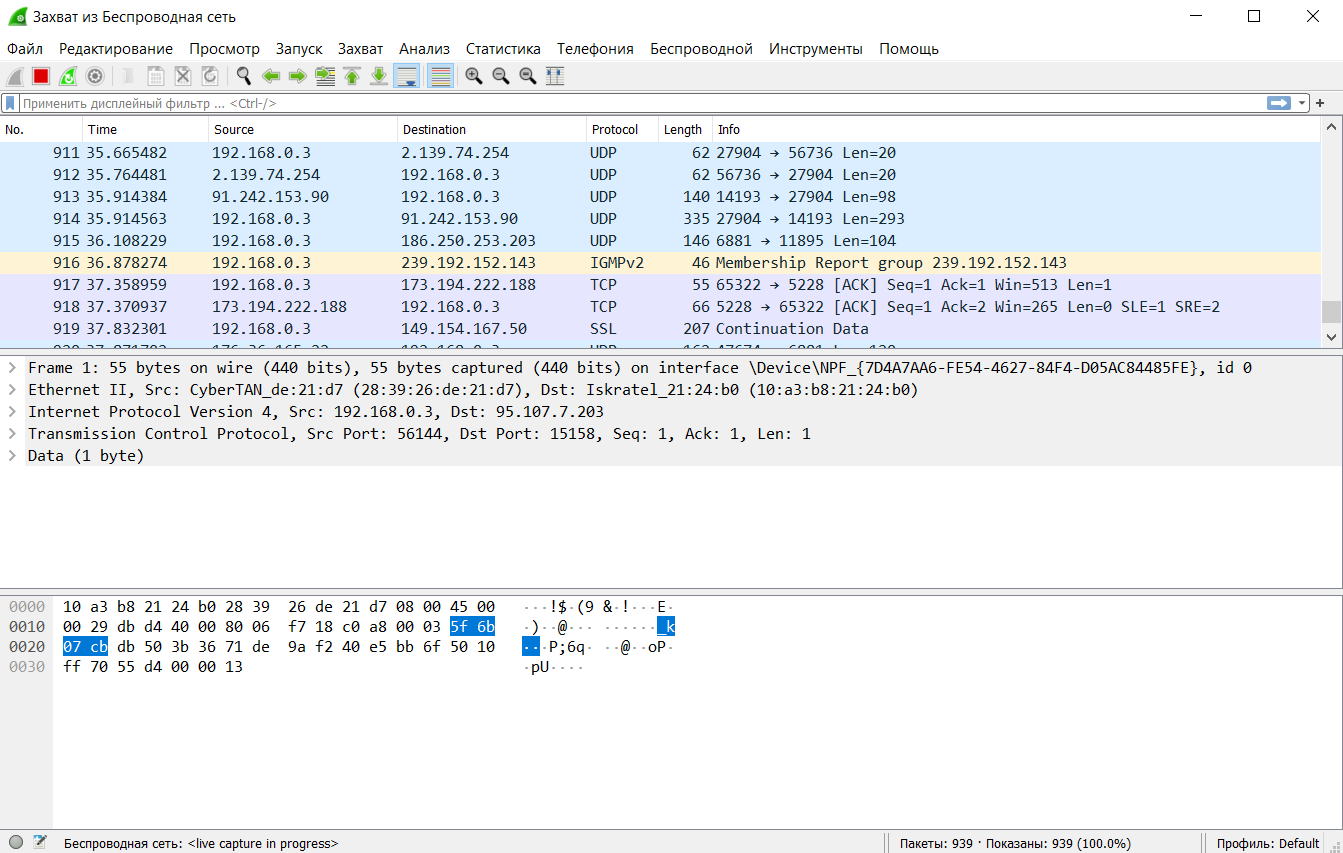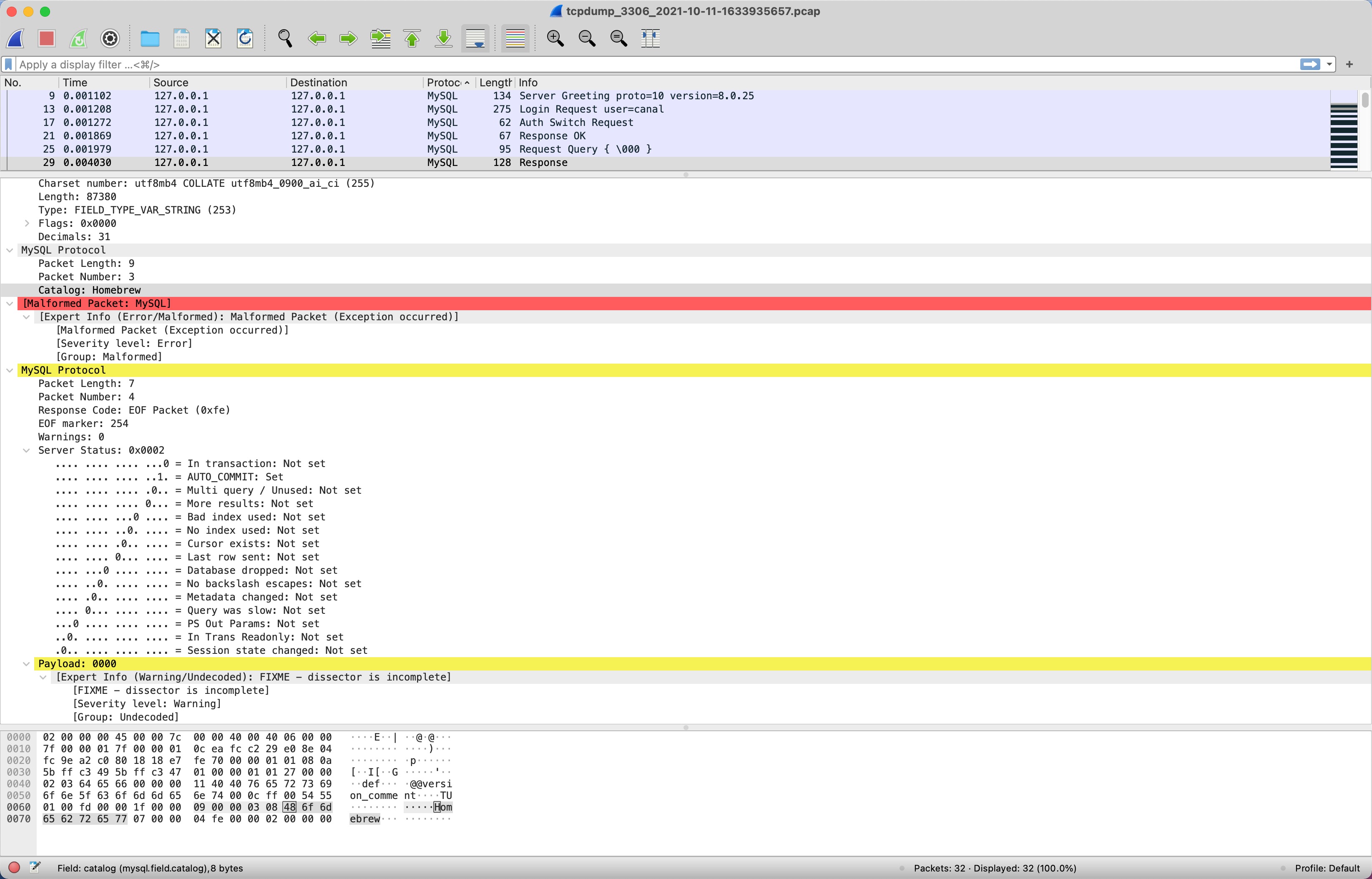

To capture, I will use a wireless interface named wlp0s20f0u1.

Let’s consider the practical situation: you need to capture a handshake from the access point with BSSID 14:9d:09:d0:04:84, which works on channel 8. The previous command will capture handshakes on the channel on which wireless adapter is currently operating – there will be no automatic channel switching. Sudo tcpdump -i wlp0s20f0u1 -I -w test.cap -e -U ether proto 0x888e When capturing handshakes, it is recommended that you always specify the -U option, so that data is immediately written to a file.Īn example of capturing all handshakes (for any Access Points and clients) and saving them to the test.cap file:

In order for tcpdump to filter only handshake frames, use a filter: See the Wireshark Filters article for more details. Subsequently, this handshake can be found using Wireshark using a filter: I didn't fully read up on gsmtap so I'm not guaranteeing that the above filter is exactly what you need, but it should start you in the right direction.When tcpdump is running in monitor mode without specifying filters, all wireless frames, including a four-way handshake, will be captured. So for example, if you wanted to filter out packets with 0x23 at location 42 of the payload of an Ethernet-II frame, that would be at offset 56 of the overall Ethernet frame (your offset of 42 plus an offset of 14 bytes to get past the Ethernet headers to the payload), so you could do something like this: ether != 0x23 Keyword len, gives the length of the packet. Size is optional and indi-Ĭates the number of bytes in the field of interest it can be either one, The indicated protocol layer, is given by expr. Not IPv6 (this will be fixed in the future). Note that tcp, udp and other upper-layer protocol types only apply to IPv4, radio refers to the "radio header" added to some 802.11 captures.) (ether, fddi, wlan, tr, ppp, slip and link all refer to the link Udp, icmp, ip6 or radio, and indicates the protocol layer for the index oper-Ītion. Proto is one of ether, fddi, tr, wlan, ppp, slip, link, ip, arp, rarp, tcp, To access data inside the packet, use the following syntax: Isons are unsigned, so that, for example, 0x80000000 and 0xffffffff are > 0. Length operator, and special packet data accessors. True if the relation holds, where relop is one of >, =, >], a You might want to skip down to the expr relop expr section, and the square-bracket notation: expr relop expr Tcpdump(1) uses libpcap(3), which uses a filter syntax documented in the pcap-filter(7) man page.


 0 kommentar(er)
0 kommentar(er)
